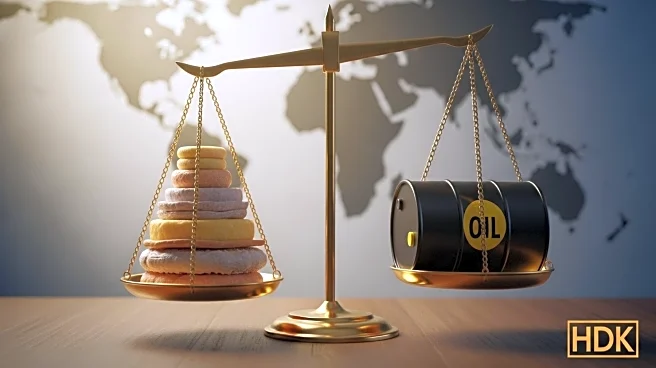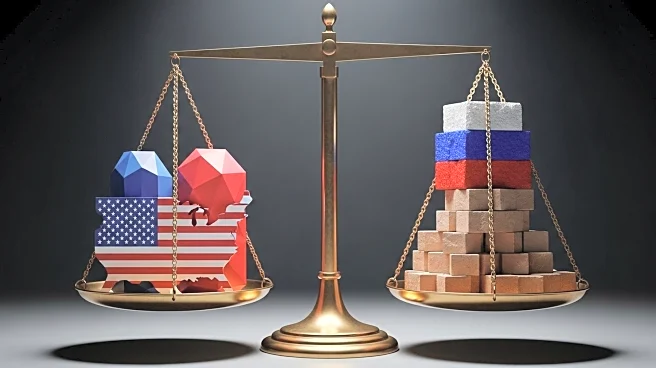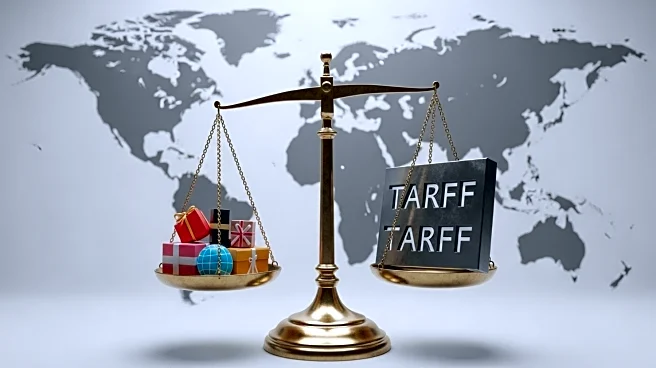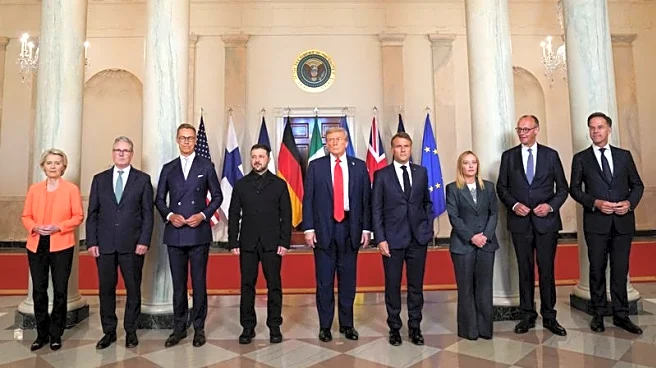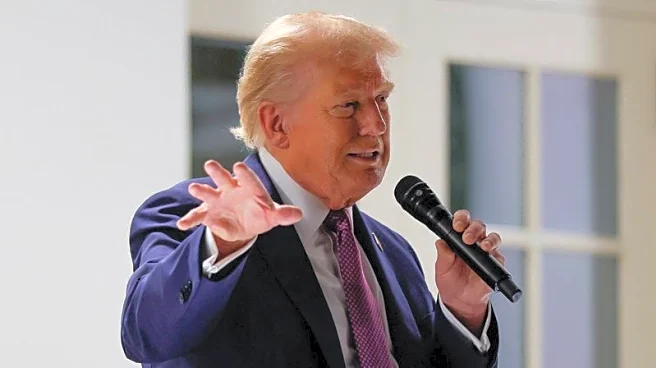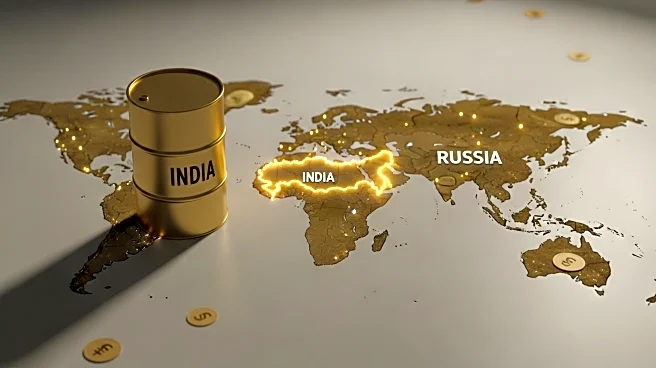What's Happening?
The United States has doubled tariffs on Indian-origin goods to 50%, citing India's import of Russian crude oil as a key factor. The Trump administration claims that India is profiting from the Ukraine war by purchasing discounted Russian oil and exporting oil products globally. Despite the tariffs, India remains a major supplier of oil products to the U.S., with significant imports from Reliance Industries, which sources nearly half its crude oil from Russia. The move has sparked tensions between the U.S. and India, with India asserting its right to import from the best available sources.
Why It's Important?
The increased tariffs on Indian goods could have significant economic repercussions for both countries. For India, the tariffs may impact labor-intensive sectors such as textiles, gemstones, and seafood, potentially leading to job losses and reduced export revenues. For the U.S., consumers may face higher prices for Indian products, affecting industries reliant on imports. The decision also highlights the geopolitical complexities of global oil trade, as the U.S. navigates its relationship with India while addressing concerns over Russian oil imports.
What's Next?
The tariff increase may lead to further diplomatic negotiations between the U.S. and India, as both countries seek to resolve trade tensions. India may explore alternative markets for its exports or negotiate exemptions for certain goods. The situation could also prompt India to reassess its oil import strategy, potentially reducing reliance on Russian crude. The broader implications for U.S.-India relations will depend on how both countries address the underlying issues and manage their strategic interests.
